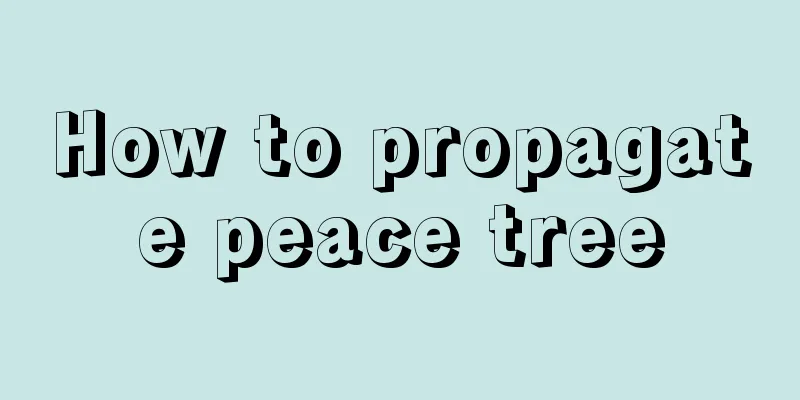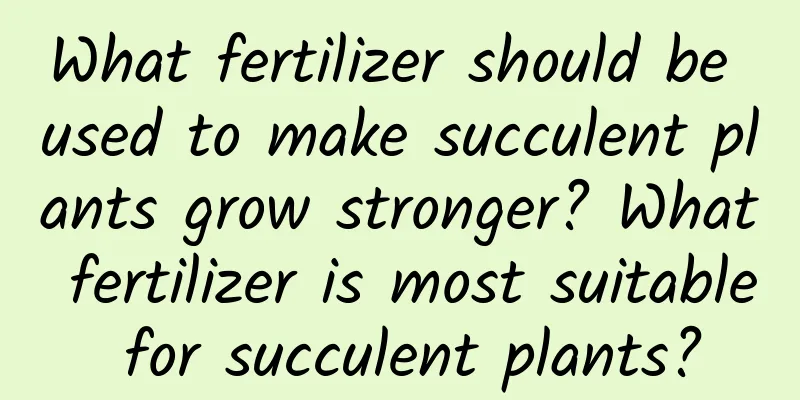Causes and treatments for yellowing leaves of purple magnolia

1. Root growth is hinderedReason: Magnolia is a plant that is not tolerant to waterlogging. If there is water accumulation in the soil, the growth of its roots will be hindered, which can easily lead to problems with the plant's absorption of nutrients and water. The leaves will not be able to get enough nutrition, resulting in yellow leaves. Solution: If water accumulates, the first thing to do is to drain the water, reduce or stop watering, let the excess water evaporate as soon as possible, and wait for it to recover. In addition, the frequency and amount of watering need to be reasonably controlled. Generally, wait until the soil is slightly dry before watering. Just water it once every 3-5 days during the growing season. 2. Poor drainageReason: If the drainage performance of the potting soil is good, water accumulation will rarely occur. On the contrary, if the drainage performance is very poor, it will easily create the illusion of water shortage, resulting in excessive watering, which will cause the root system of the purple magnolia to be unable to bear it, resulting in poor growth and yellowing of the leaves. Solution: Check whether the soil in the pot has good drainage. If the drainage is poor, the potting soil should be replaced in time. Sandy soil has the best drainage performance. It is best to choose a pot with drainage holes at the bottom. In addition, it is best to replace the soil of potted purple magnolia every two years to avoid the problem of soil drying out. 3. Insufficient lightReason: Purple magnolia likes a warm, humid and sunny growing environment. If there is insufficient light for a long time and lack of photosynthesis, the leaves will not be so green and will turn yellow. Solution: Increase the light. The best way is to place it in a sunny place. For example, outdoors, on balconies, or in brightly lit places, it should not be placed in an overly dark environment. 4. Pests and diseasesReason: Pests and diseases can damage the leaves of the purple magnolia, preventing the leaves from absorbing sufficient nutrients and hindering their growth, which will cause the leaves to turn yellow. In severe cases, the plant may die. Solution: If pests and diseases occur, spray the medicine in time to solve the problem and avoid the situation from getting worse. A certain amount of knowledge on disease and insect pest prevention is essential, as it can be prevented in advance and can prevent diseases and insect pests from harming plants. |
<<: Causes and treatments of yellow wisteria leaves
>>: Causes and treatments for yellow leaves of purple cherry plum
Recommend
Are cheeky plants succulent?
1. The connection between the two Strictly speaki...
The difference between purple horn leaf and auricularia
1. Differences in the stems Purple hornwort, also...
How to prune holly bonsai
When to prune holly bonsai Holly bonsai can be pr...
What's wrong with the yellowing leaves of daffodils? How to deal with the yellowing leaves
1. Unsuitable water and soil Reason: Daffodils ca...
How to prolong the flowering period of Fuchsia
Timely pinching and pruning The flower buds of fu...
Bowl lotus planting methods and precautions
How to plant lotus 1. Sowing time: Bowl lotus gro...
Do crabapples need to be watered every day?
Do you water the crabapple every day? Begonia nee...
What soil is suitable for growing hawthorn trees?
Introduction to Hawthorn Tree Hawthorn likes a co...
How to take care of newly bought azalea
1. Emergency stage Because the azaleas we bought ...
How to deal with the money tree falling leaves? How to remedy it?
The money tree has green leaves and thick branche...
When do cherries bloom?
1. Flowering period The flowering time of cherrie...
How to plant tulip bulbs
1. Time Selection In June, dig out the dormant bu...
How to propagate purple bamboo
Reproduction method Its method is somewhat differ...
What are the requirements for bonsai pots?
Choice of basin Basin material Bonsai are mainly ...
How to make rose and pomegranate potted plants
1. Planting 1. Sowing time This plant has strong ...









